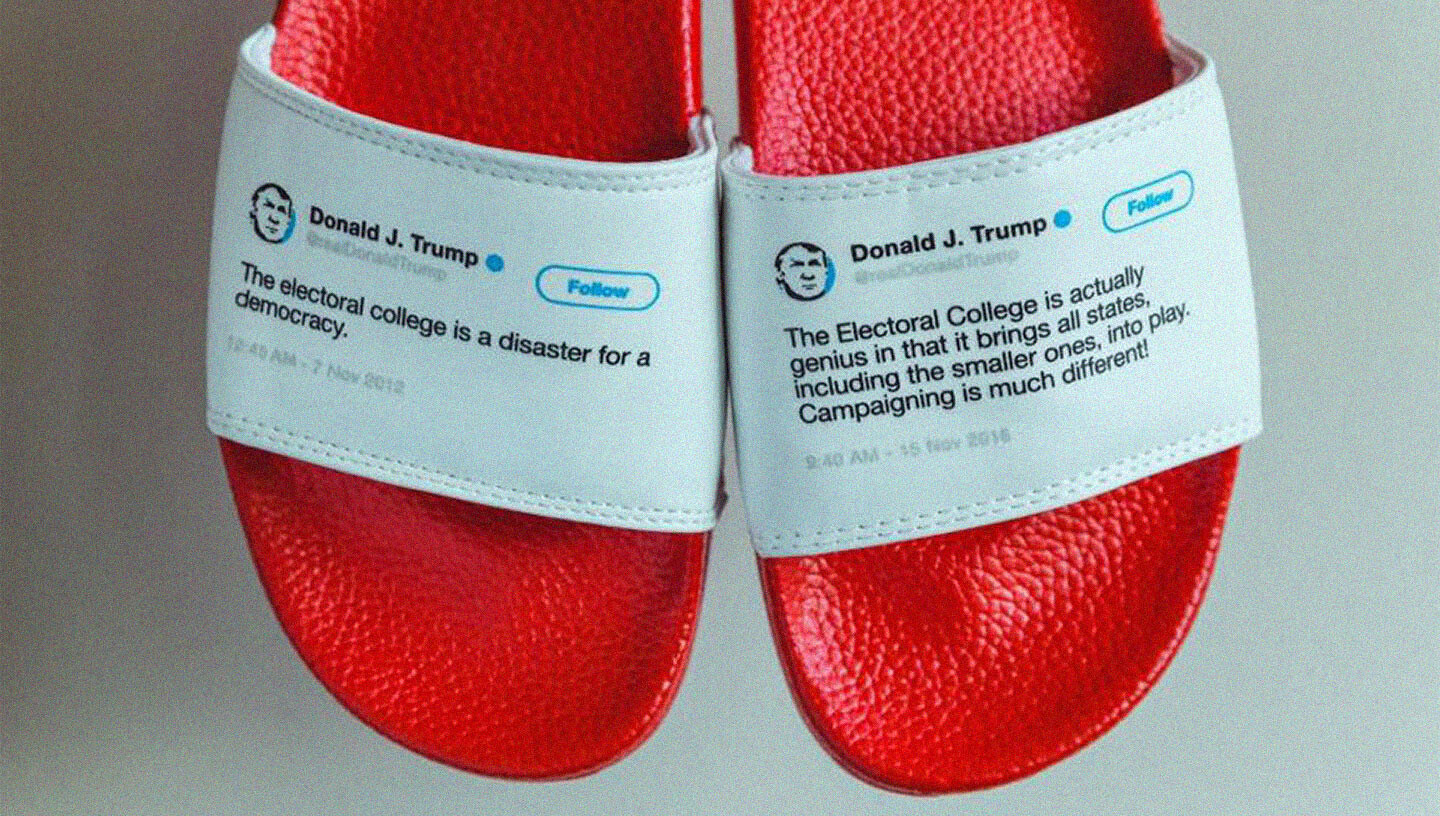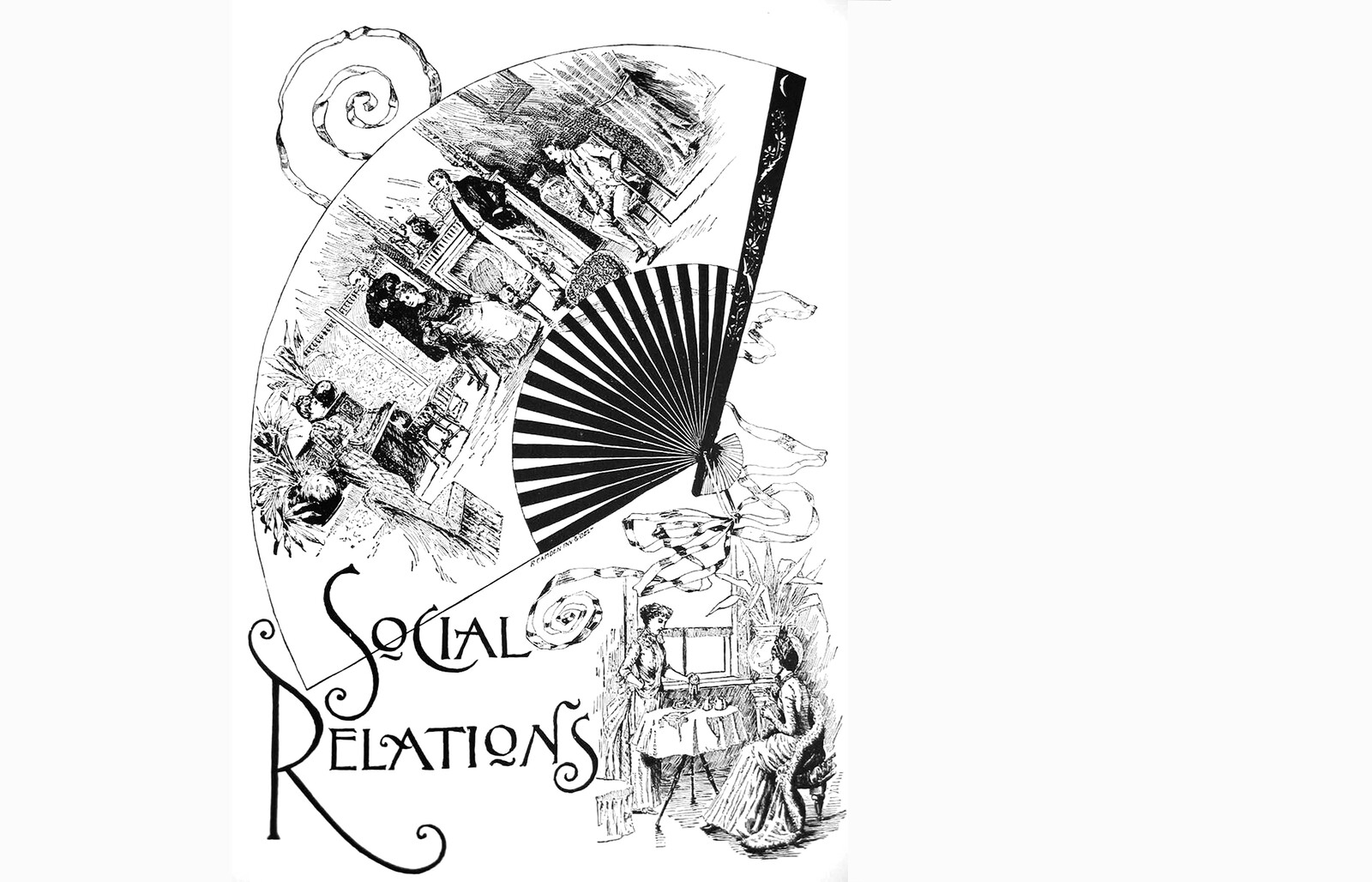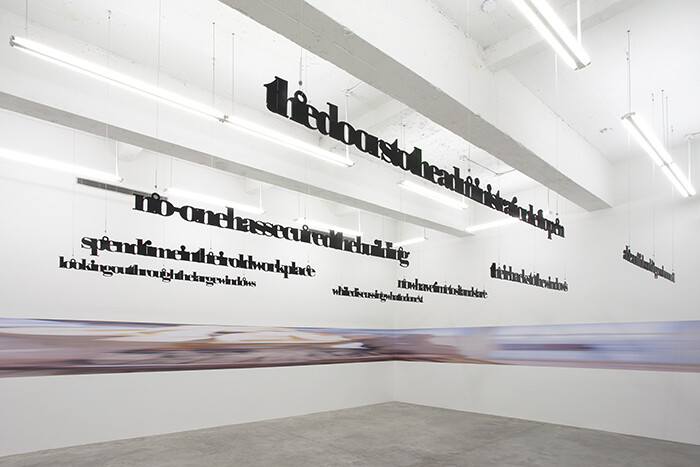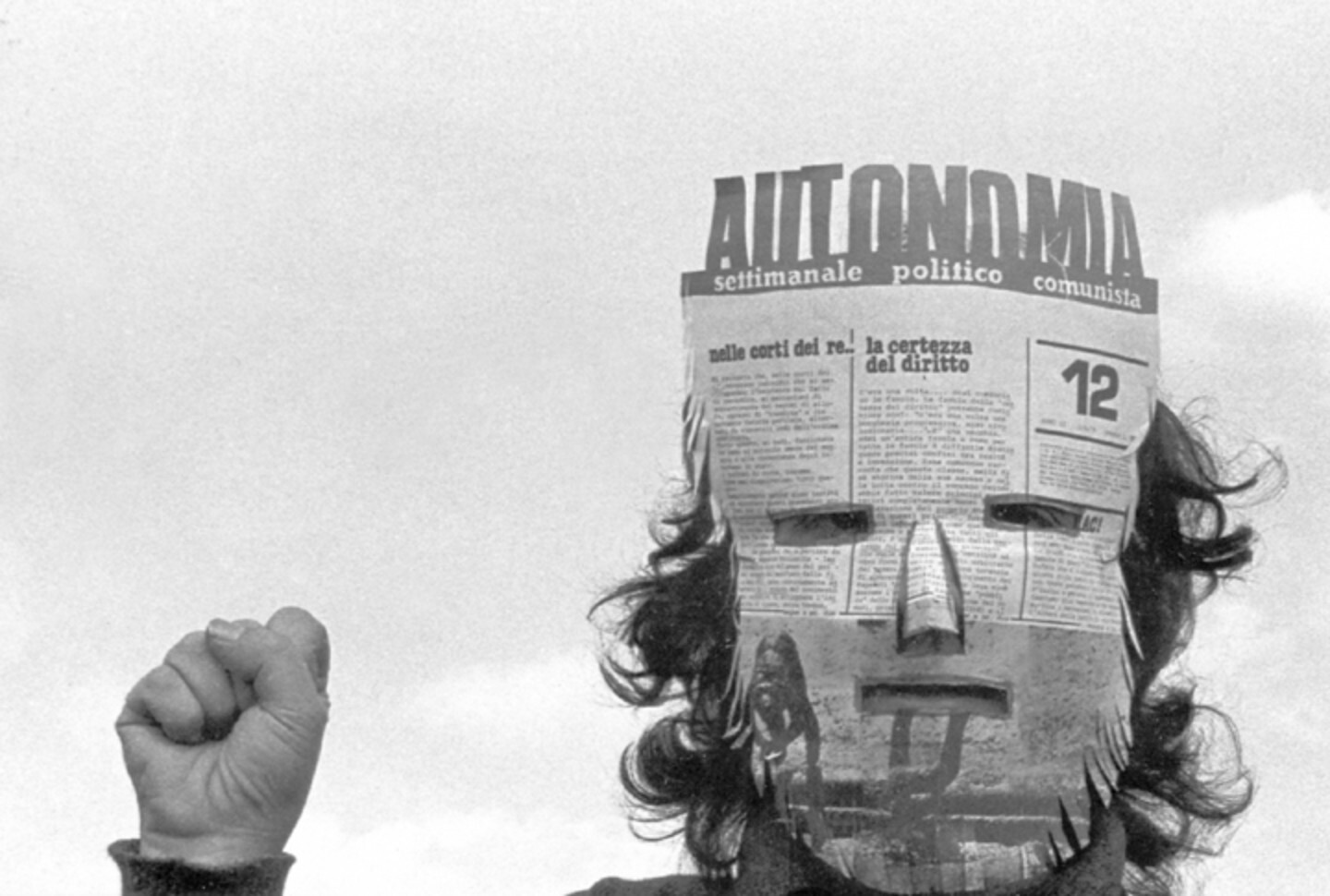Fordlandia Malaise
The entrance into the walls, apparatuses, protocols, and functions of the institution depends on defining where a border between inside and out can be constituted: a closed door now opened, a computer server now unlocked, a managerial role now usurped, a philanthropy revenue stream now rerouted. And, most often, the fact that these gestures reify or legitimize the very structure being engaged is taken as inevitable.
As financial media, crypto-currencies may be seen as an extremely narrow medium of expression since rather than broad-spectrum cultural relations (as with Facebook) participants engage primarily in financial speculation, and only secondarily in the qualitative offerings of a rather limited number of projects involving notions of decentralization, AI, various investing formats, data storage, and the like. On the other hand, crypto, with its publications, slack channels, meet-ups, start-up spaces, etc., could be seen as abstracting and harnessing with participants the general form of social media. It therefore represents a pared-down and more crystalline platform template for potentially all activities that transpire on social media, but with an important twist: equity for media participants. Thus, in the most generous reading, crypto-currencies function as a medium that cooperatizes social relations by giving users a share of the value of the platform they collectively create, rather than extracting their subjective energies as quantum units of value that then belong to third-party shareholders. Participant ownership of tokens is not only a right to money, a quantity of value; it is equity in the platform—direct ownership of a share of the social product.
The art world is perhaps a special case. Artists—despite canned Facebook congratulations and condolences related to progeny, parents, and pets—may not be invested professionally in cultivating niceness. Some curators and many art historians seem to duck online niceness in favor of an archly distant dignity. But much of the institutional apparatus in charge of distribution, circulation, publicity, and sales is on a long-term charm offensive. The experience economy, like the closely related caring economy, demands a public-relations approach. A very high proportion of museum and gallery staff, those who must communicate with people both inside and outside the institution, are, like the very high proportion of public-relations workers, women—a “pink-collar ghetto”—with all the prejudices that still calls forth.





























